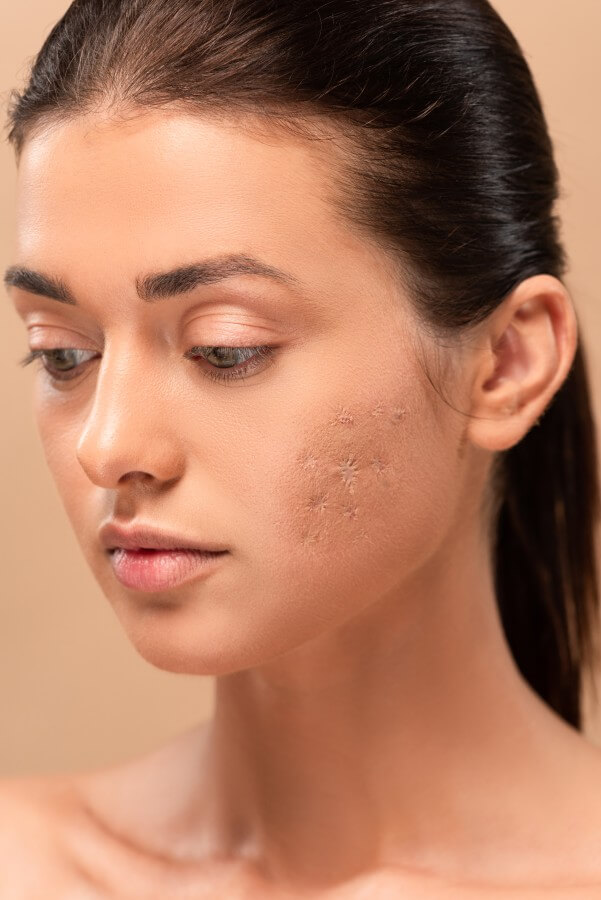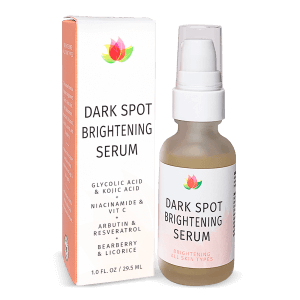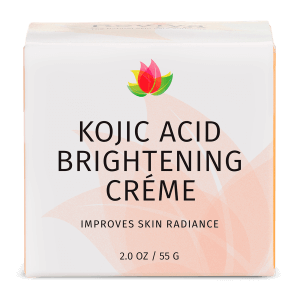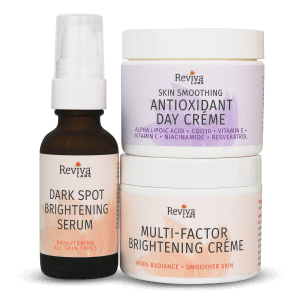Ingredients, Reviva Labs, Skin Care
Tranexamic Acid in Skincare: What You Need to Know
Tranexamic acid, a compound originally used to control bleeding, has recently made waves in the skincare industry. Its benefits for skin health, particularly in addressing hyperpigmentation, have sparked considerable interest. This ingredient, often found in over the counter and prescription products, offers a solution for individuals struggling with uneven skin tone and dark spots.
Hyperpigmentation is a common skin concern affecting many people worldwide. It occurs when an excess of melanin, the pigment that gives skin its color, forms deposits in the skin. Tranexamic acid works by inhibiting the interaction between melanocytes (melanin-producing cells) and keratinocytes (the primary cell types in the outer layer of the skin). This action helps to reduce melanin production and, consequently, the appearance of dark spots.
One of the key reasons tranexamic acids has gained popularity in skincare is its efficacy in treating melasma, a form of hyperpigmentation often triggered by hormonal changes. Unlike some treatments that can irritate the skin, tranexamic acid is generally well-tolerated, making it suitable for individuals with sensitive skin. Research has shown that tranexamic acid can significantly reduce melasma, with one study reporting a 30% improvement in pigmentation after 12 weeks of treatment.
How Tranexamic Acid Works in Skincare
Tranexamic acid’s primary mechanism in skincare revolves around its ability to block plasmin, an enzyme involved in the skin’s inflammatory response. By inhibiting plasmin, tranexamic acid helps to prevent the inflammation that can lead to increased melanin production. This makes it particularly effective in treating post-inflammatory hyperpigmentation (PIH), which can occur after acne, eczema, or other skin injuries.
Unlike some other treatments for hyperpigmentation, such as hydroquinone or retinoids, tranexamic acid does not cause photosensitivity. This means it can be safely used during the day without increasing the risk of sun damage. However, as with any skincare ingredient, it is always advisable to apply sunscreen daily to protect the skin from harmful UV rays and to prevent further pigmentation issues.
Incorporating Tranexamic Acid into Your Skincare Routine
When adding tranexamic acid to your skincare routine, it’s essential to start slowly to observe how your skin reacts. It is often available in serums, creams, and even toners, making it easy to find a product that fits seamlessly into your existing regimen. Begin with a lower concentration, typically around 2-5%, and gradually increase as your skin builds tolerance.
For best results, apply tranexamic acid to clean, dry skin before layering other products. It can be used both in the morning and evening, depending on your preference. Consistency is key, so ensure you use it regularly to see the full benefits. Combining tranexamic acid with other brightening ingredients, such as vitamin C or niacinamide, can enhance its effectiveness, but always perform a patch test before introducing new products to avoid potential irritation.
Who Can Benefit from Tranexamic Acid?
Tranexamic acid is suitable for a wide range of skin types and concerns. It is particularly beneficial for individuals dealing with melasma, PIH, or general hyperpigmentation. People with sensitive skin may find it a gentler alternative to more aggressive treatments. Its non-irritating nature makes it an excellent option for those who have experienced adverse reactions to other brightening agents.
While tranexamic acid is effective on its own, it can also be used alongside professional treatments like chemical peels or laser therapy to enhance results. However, it is always best to consult with a dermatologist before combining treatments to ensure they are appropriate for your skin type and concerns.
The Science Behind Tranexamic Acid
Tranexamic acid’s effectiveness in skincare is backed by scientific research. A study published in the Journal of Cosmetic Dermatology found that tranexamic acid significantly improved the appearance of hyperpigmentation in participants after eight weeks of use. This study highlights the potential of tranexamic acid as a powerful tool in the fight against uneven skin tone.


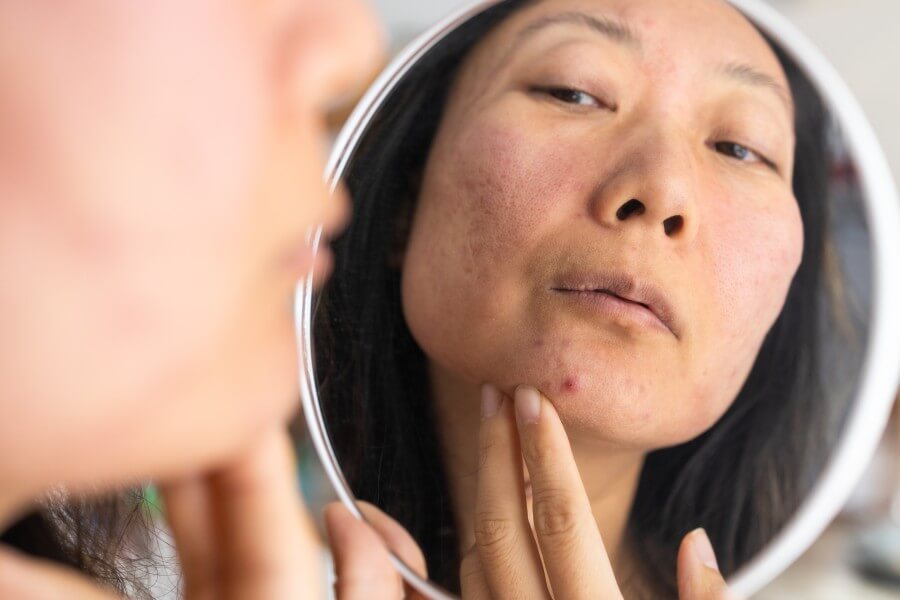

The safety profile of tranexamic acid is another reason for its popularity. Unlike some other depigmenting agents, it has a low risk of side effects, making it a safer choice for long-term use. Most users experience minimal to no irritation, making it suitable for continuous application.
Real-Life Results
Many individuals have reported noticeable improvements in their skin after incorporating tranexamic acid into their routines. These real-life testimonials underscore the ingredient’s ability to deliver on its promises. Users often see a reduction in dark spots, a more even skin tone, and an overall brighter complexion. These positive experiences make tranexamic acid a compelling option for anyone looking to address pigmentation issues effectively.
Before and after photos shared by users further demonstrate the dramatic changes that tranexamic acid can bring about. These images often show a marked reduction in pigmentation and an improvement in skin clarity, providing visual evidence of the ingredient’s efficacy.
Potential Side Effects and Precautions
While tranexamic acid is generally well-tolerated, it’s essential to be aware of potential side effects. Some users may experience mild irritation or redness, particularly when first introducing the ingredient. To minimize the risk of irritation, start with a lower concentration and gradually increase it as your skin becomes accustomed to the product.
It’s also important to note that while tranexamic acid can significantly improve pigmentation issues, it may not eliminate them. Consistent use over time is necessary to maintain results, and combining it with other skincare practices, such as regular exfoliation and diligent sun protection, can further enhance its effectiveness.
The Role of Tranexamic Acid in Modern Skincare
Tranexamic acid has established itself as a valuable ingredient in modern skincare. Its ability to address various types of hyperpigmentation, coupled with its gentle nature, makes it a versatile and effective option. As more people seek solutions for their pigmentation concerns, tranexamic acid offers a promising choice backed by scientific research and real-world results.
The growing popularity of tranexamic acid in skincare reflects a broader trend towards evidence-based treatments. Consumers are increasingly looking for products with proven efficacy, and tranexamic acid fits this demand perfectly. Its inclusion in numerous skincare formulations highlights its versatility and effectiveness, making it a staple in many routines.
Tranexamic Acid is a Powerful Ingredient
Tranexamic acid stands out as a powerful ingredient in the fight against hyperpigmentation. Its ability to reduce melanin production and improve skin tone makes it an invaluable addition to any skincare routine. With a solid foundation of scientific research supporting its efficacy and a favorable safety profile, tranexamic acid is poised to remain a key player in the skincare industry. Whether you are dealing with melasma, PIH, or general uneven skin tone, tranexamic acid offers a solution that can help you achieve a clearer, brighter complexion.



